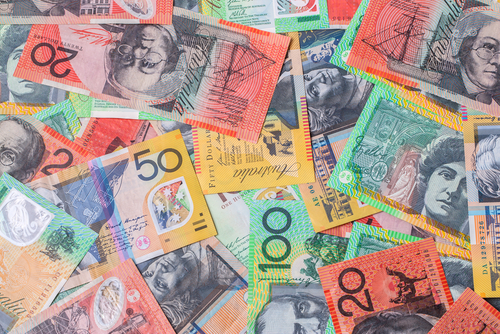
4 Ways to Access Money Abroad

When traveling overseas, there are a multitude of ways to bring money with you, but what’s the easiest way to access your funds when needed?
Do you need to carry cash? A travel card? A debit card?
CASH
You can either exchange your cash before you leave with a bank or when you arrive to your destination.
The pro of doing this advance is that you have cash on hand when you arrive. It is usually cheaper than exchanging at a money at the airport too.
The con of doing this is that if you carry all of your cash and it’s stolen, there’s no way way of getting it back.
Travel Tip: Carry a small amount of cash with you and just like we suggest about energy, shop around for a good exchange rate.
Check out guided tour packages from Collette for FiftyUp Club members.
PREPAID TRAVEL MONEY CARDS
Your bank may offer a prepaid travel card just like the AUSPost does and these cards allow you to travel with “cash” in the currency of your destination.
The pro of using a prepaid card is that you can preload multiple currencies on the cards and usually top it up via a mobile phone. It is also safer than cash and great for emergencies.
The con is that there are sometimes currencies available are limited and big purchase items may put a pre-authorisation on your card, limiting your access to cash if needed.
Travel Tip: Find a card that will allow overseas ATM withdrawals for free.
DEBIT CARDS
Like at home, your debit card can be used overseas to withdraw cash at ATMs as long as you have money in your account.
The pro of using your debit car is that you don’t organise or exchange anything in advance. It’s your money and you will get day of exchange rates instead of what could be locked in with a prepaid travel card.
The con of using your debit card is that withdrawing money could be expensive with fees like foreign transaction fee, currency conversion fee, and so on.
Travel Tip: Familiarise yourself with your bank’s ATM network and don’t forget to notify your bank you are traveling abroad.
Check out FiftyUp Club Travel Insurance.
CREDIT CARDS
A credit card is similar to your debit card and is just as easy to use.
The pro of using your credit card is that it is good for emergencies and some include travel insurance.
The cons of using your credit card is that if you splurge big you could be left with a shocking bill when you return home and similar to transaction fees on a debit card, it could get expensive withdrawing money.
Travel Tip: Call your credit card company and also notify them you are traveling abroad so they don’t think it is fraudulent charges.
What's your favourite tip for accessing cash abroad? Leave a comment below.
Any advice contained in this article is general in nature and does not take account of your particular objectives, personal circumstances or needs. If in dount about your own situatioin you should seek appropriate advice.


